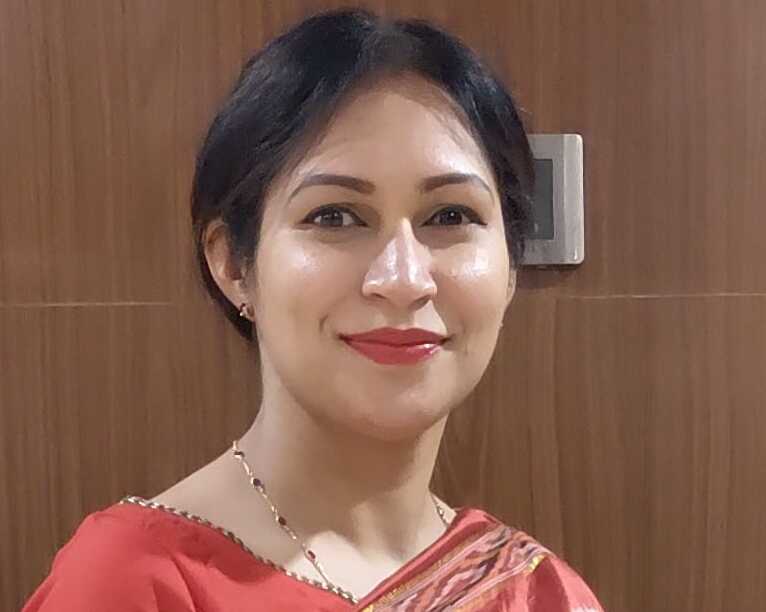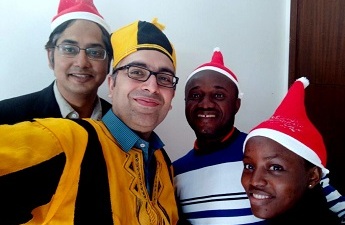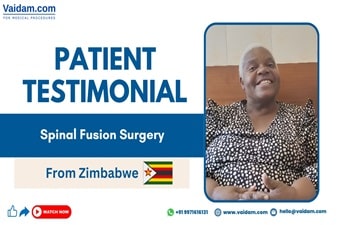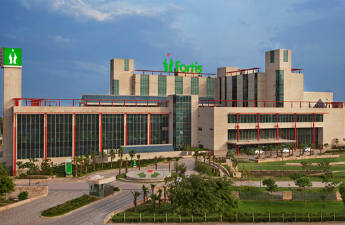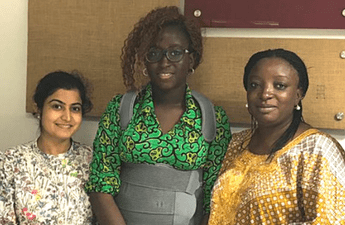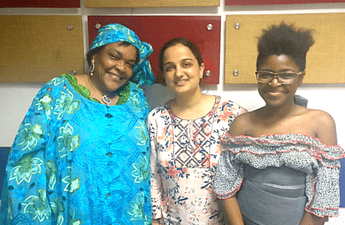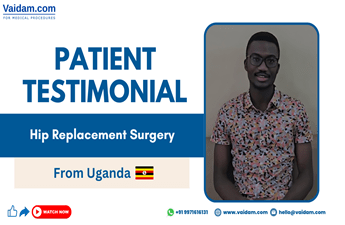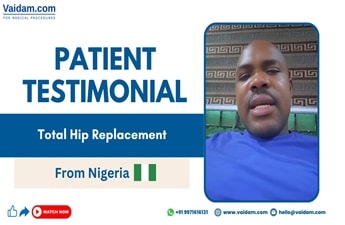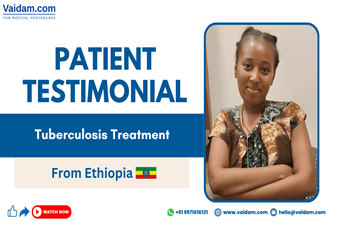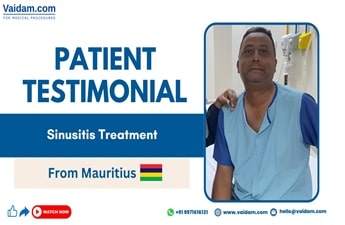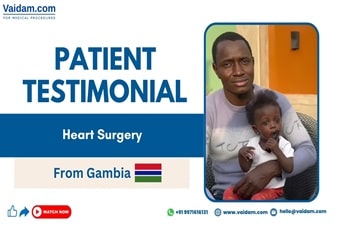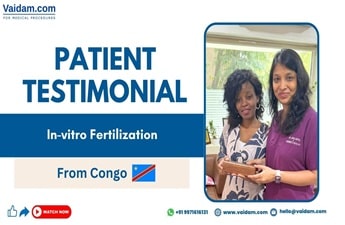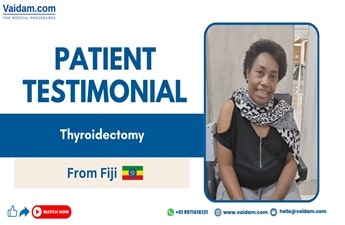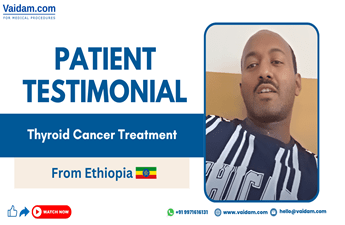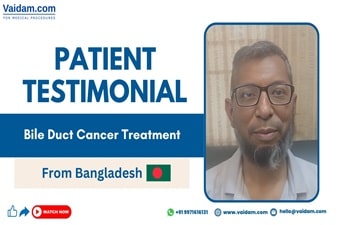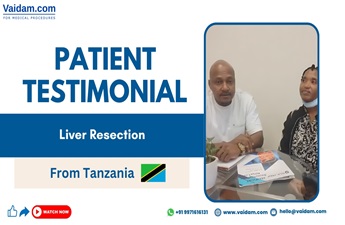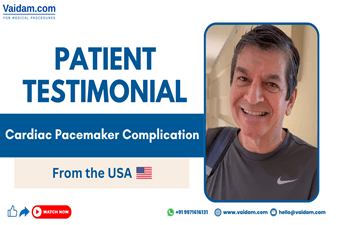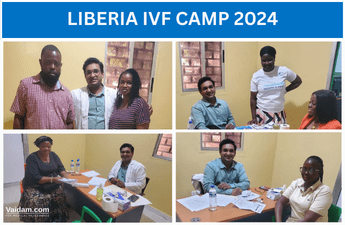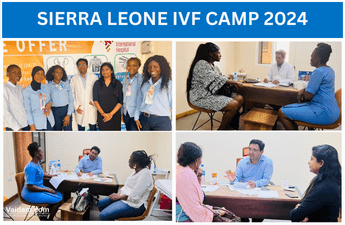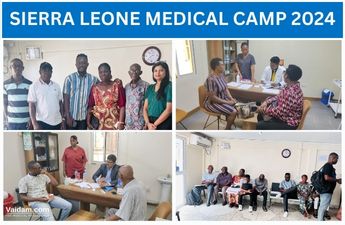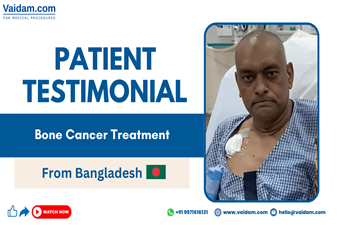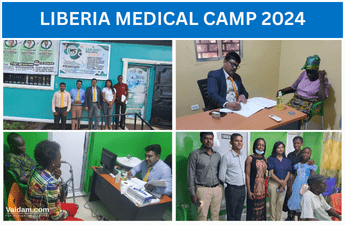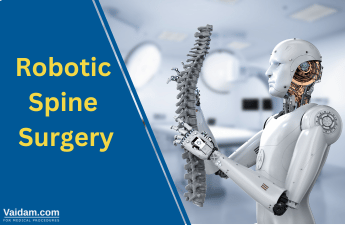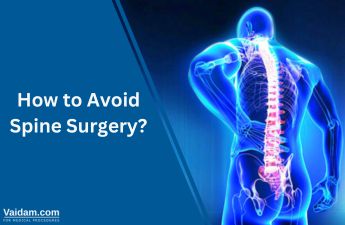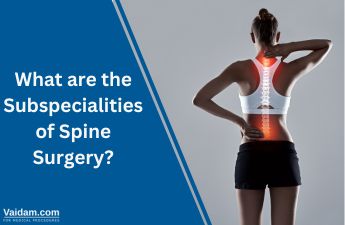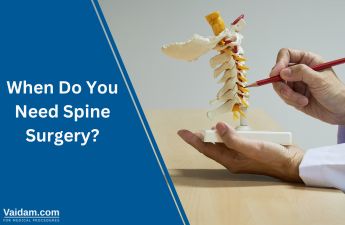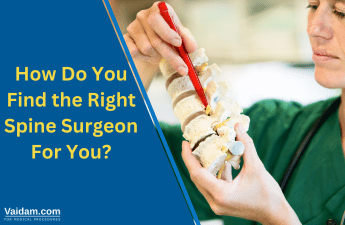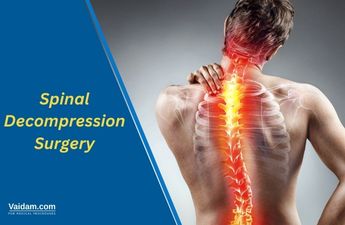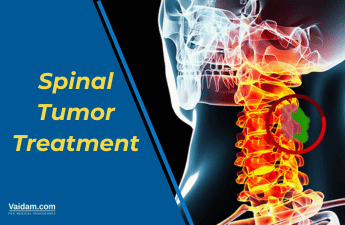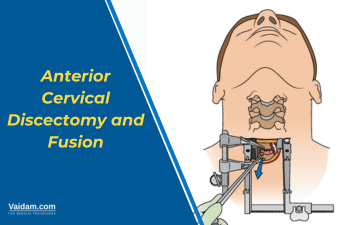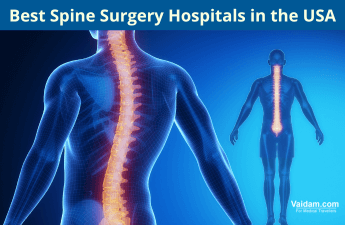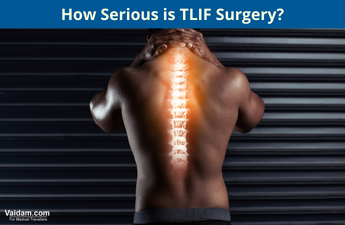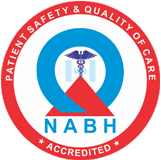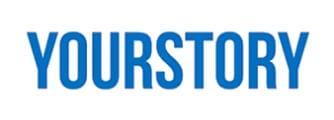Dr. Vidyadhara S is an award-winning and one of the best spine surgeons in India with over 20+ years of experience. Dr. Vidyadhara S is Head of Department at Manipal Hospital, Bangalore, and has conducted over 6000+ surgeries for scoliosis correction, joint displacement treatment, neck and spine biopsy, spinal disc surgery, spine injury, slip disc, and many more.
With over 30+ international and national awards and accolades to his name, Dr.Vidyadhara S is the third Indian to win the prestigious SRS Traveling Fellowship to visit the leading centers for Spine surgery in the USA. He is a recipient of the Lester Lowe SICOT Award in 2007, ISSLS Best Research Award in 2010, and ISCA Young Scientist Award from the then President of India, Dr. APJ Abdul Kalam. He is the first Indian to become Chairman of the Communication Committee of Scoliosis Research Society, USA (2017-20) and win the prestigious Scoliosis Research Society Traveling Fellowship in 2012. The only active member of the Scoliosis Research Society from Karnataka, Dr. Vidyadhara S has also won the Best Research Award 2010 from the International Society for Study of Lumbar Spine (ISSLS). Hong Kong Orthopedic Association awarded Dr. Vidyadhara S with the Most Promising Spine Research Award in 2009. The other feathers in the cap are Scoliosis Research Spine Society Educational Scholarship, 2008, Dr. R L Mittal IOA Fellowship, 2008, and Lester Lowe SICOT Award, 2007.
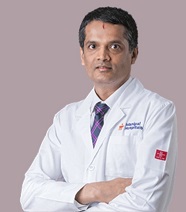
Scoliosis
Scoliosis refers to the condition where the spine is bent or has an abnormal curvature. Usually, it affects children undergoing a growth spurt or during puberty. Scoliosis may manifest itself in a mild form and/or can become more severe as the age of the child progresses. If scoliosis is severe, the spine can bend and rotate causing certain disabilities.
Scoliosis, although associated more with children, can affect adults as well. As per statistics, about 3 percent of adolescents may develop scoliosis. In adults, scoliosis may develop as a sign of aging, especially in those suffering from arthritis and osteoporosis.
As scoliosis progresses gradually, it is unlikely to cause pain and therefore, goes unnoticed in children. Scoliosis can cause:
- Appearance: Persons suffering from scoliosis usually have a lop-sided skeletal structure which affects the appearance of a person. The rib cage may seem more prominent, the shoulders may be at different levels or the hips may protrude unnaturally. It may have a psychological bearing on the person due to their appearance.
- Internal organ damage: The unnatural curvature of the spine causes the ribcage to press against the internal organs, making it difficult for the heart to pump blood or the lungs to expand and contract properly.
- Chronic back pain: The abnormal curvature of the spine will result in chronic back pain for children limiting their activities, even as adults.
- Bent Gait: Adults suffering from scoliosis may bend forward or sideways when walking, which can be limiting and uncomfortable, especially in old age.
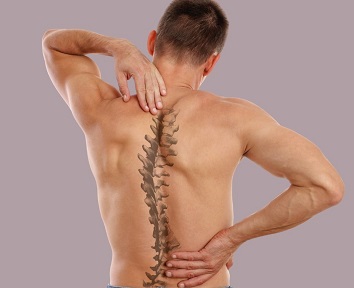
Scoliosis Treatment
For mild scoliosis, the child may have to be monitored closely or be advised to wear braces to prevent the spine to bend further. For severe cases, and especially in the case of adolescents and adults, surgery to correct the curvature of the spine is the only option.
- Physical Therapy
Physical therapy is a non-surgical method of managing scoliosis and involves exercises to reduce pain and increase the flexibility of joints.
- Medication
Pain medication (non-steroidal) that are available over the counter such as ibuprofen, paracetamol are used to treat pain due to scoliosis.
- Brace
- Moderate scoliosis in growing children can be managed with braces to prevent further curvature of the spine.
- Braces, such as the Milkawee brace, are made from plastic and fit under the arms, and covers the ribcage and hips.
- They can be worn under the clothes and have to stay on all the time. The brace does not restrict physical activities and if need be, can be taken off for short periods.
- Once the bones reach maturity and stop growing, the brace need not be worn.
- Spinal Fusion Surgery
- This is the most common form of surgery performed for severe scoliosis to prevent the spine from further damage due to curving.
- In spinal fusion surgery, two vertebrae are fused so that they are incapable of movement of their own.
- In cases where scoliosis progresses faster than usual in young children, a rod that adjusts its growth is inserted to hold the spine straight.
- There are several types of spinal surgery for scoliosis in children:
- Spinal Fusion
- In-situ fusion
- Spinal fusion with instrumentation
- Hemivertebra Removal
- Insertion of traditional growing rods/magnetically controlled growing rods
- Fusionless spinal surgery
- In adults, decompression surgery may be done to relieve the pressure of the nerves or spinal cord.
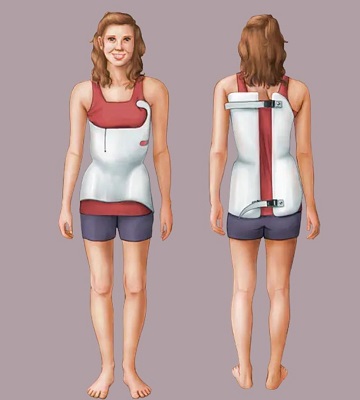
Conclusion
Cerebral palsy or muscular dystrophy are some of the conditions that have been associated with scoliosis. However, it can occur in children with no past family history or known causes. Early detection is key to treating scoliosis in children and various spinal surgical options available enable better management and control of scoliosis for a better life. Patients can get treatment from world-class and best spine surgery hospitals in India without burning a hole in their pocket.


